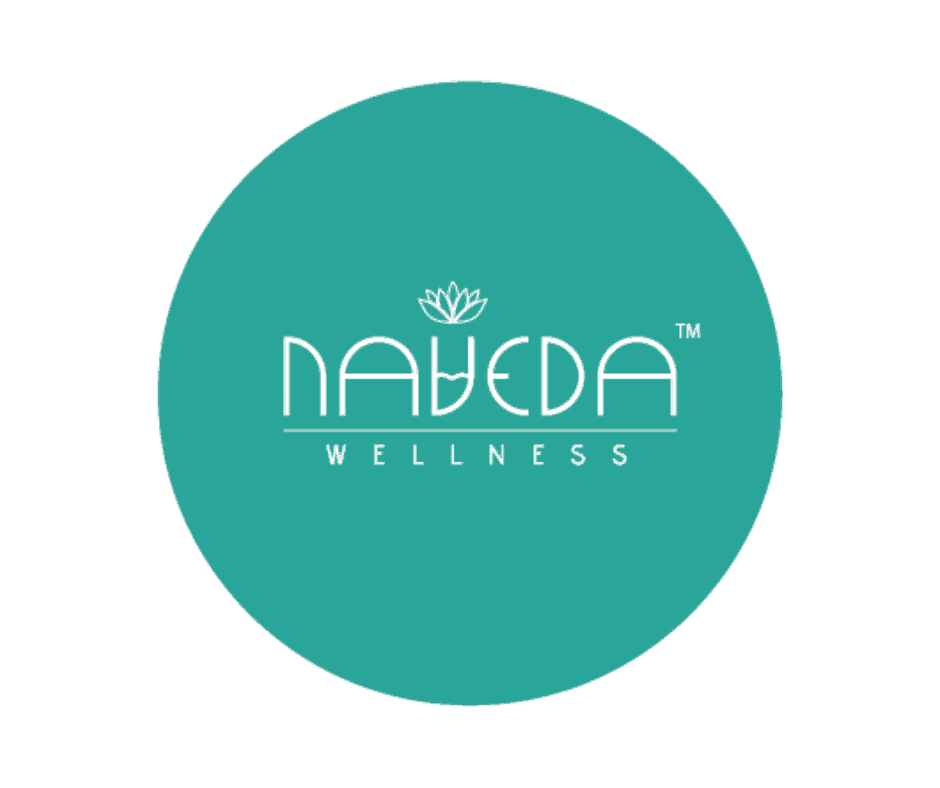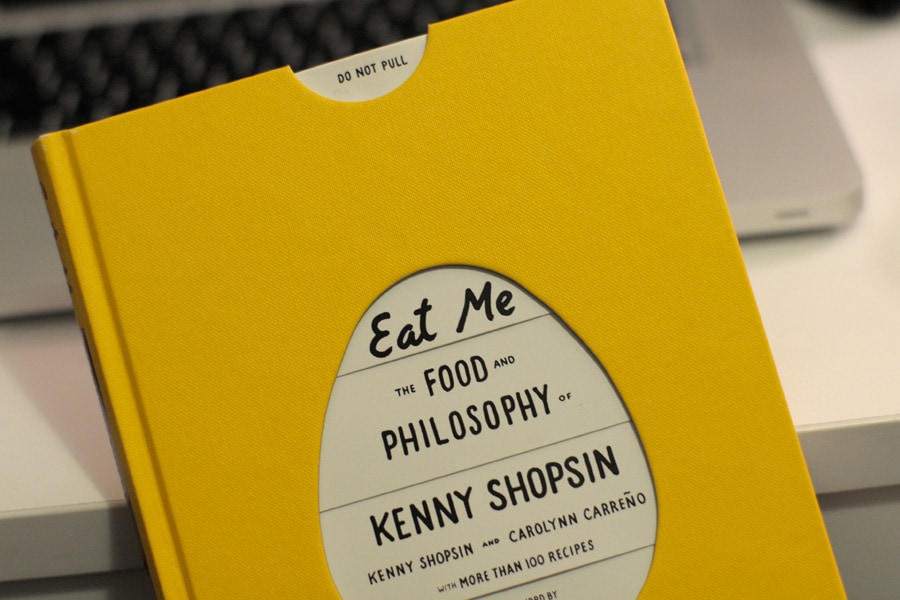I like to eat, you like to eat, we all like to eat. But can we really eat our way into a better future? How can we go zero waste? And what is circular design? Here’s what we learnt from the “CONSUME” track at the TALKS powered by DBS, at The Conscious Festival 2018.
Today, we’ll be talking about the CONSUME: Going Zero track, which covers re-thinking the future through the circular economy by designing out waste, discovering the truth behind the bioplastics vs petroleum debate, and looking at what the future of food holds for us- from insects to plants. We’re living on the planet like we’ve got another one to go to, but there is no planet B; so here’s everything we learnt that’ll help us live like we actually like the planet we’re on. In case you missed it, here are the summaries of the LIVE track and the WORK track from the TALKS.


Journeying to Zero Waste
Fanny Moritz (NO!W No Waste)
We’ve all had that moment of helplessness in our lives when we see the horrific images of how our waste is literally killing other creatures and slowly encroaching our own lives on the planet. But where do we start cutting down the massive amounts of waste we produce daily? Fanny Moritz shared her journey to going zero waste with us and told us how reducing her waste also simplified her life. Here’s how you too, can start massively reducing your waste in five quick and easy steps:
REFUSE: Refuse all single-use plastic such as plastic cutlery and cups. Don’t take fliers and make sure you’re not getting any junk mail. Refuse business cards- use digital business cards yourself and take photos of the cards that people give you, then give them back. Refuse freebies that you do not need.
REDUCE: Take stock of what you need, and actively reduce whatever you can. Stop using disposable water bottles (use reusable ones instead), reduce the number of cleaning products you use around the house (make your own, or use multi-purpose cleaners), Declutter your wardrobe and keep things simple- don’t impulse shop, see what you can swap out in your bathroom: Swap out plastic containers of face cream, deodorant, soap and shampoo for things like coconut oil, natural deodorant that comes in either no packaging or recyclable/compostable packaging, and dry shampoo bars as well as soap that doesn’t come in excessive amounts of plastic packaging.
REUSE: Use reusable products where you can: For example, swap out cotton buds for metal ear cleaners, use towels or reusable cotton rounds to remove your makeup, use reusable menstrual products such as menstrual cups or cloth pads, use reusable beeswax wraps instead of clingwrap, opt for cloth napkins instead of paper towels and buy your food in bulk, using reusable glass containers.
RECYCLE: Remember that recycling is not a solution. It should be your last option, when it cannot be refused, reduced or reused.
ROT: Use a manual or electric compost bin for your food waste.
And that’s all you really need to know to start reducing your waste in a big way today. You’ll get to protect the planet, protect your own health and save quite a tidy sum of money just by following these #LittleGreenSteps. So what are you waiting for? Get started on your own zero waste journeys today.
#LittleGreenSteps:
- Refuse what you don’t need
- Reduce what you do need
- Reuse what you can’t refuse
- Recycle what you can’t refuse and reduce
- Rot the rest
The Process of Circular Design
Veerappan Swaminathan (Sustainable Living Labs Presented by Generation T)
“How would you redesign everything?” This was the question Veerappan Swaminathan posed to us before teaching us all about the wonders of design thinking and circular economy. He explained that Circular Design is an evolution of Design Thinking. It borrows, adopts, and incorporates many other frameworks and schools of thought. He also believes that it pays more attention to transforming existing businesses, and believes that fundamental change comes from transforming product businesses to service businesses. But what does it really mean to design for a circular economy? It basically boils down to this: Designing for longevity, service, re-use in manufacturing and material recovery. The process of circular design encompasses four key stages: Understand, Define, Make and Release. Here they are in slightly more detail:
UNDERSTAND: Understand Circular Flows, Regenerative Thinking, Service Flip, Insides Out, Digital Systems and Learning from Nature
DEFINE: Define your challenge, Find Circular Opportunities, Building Teams, Circular Buy-In, Circular Business Model, Create Brand Promise
MAKE: User-Centered Research, Circular Brainstorming, Embed Feedback Mechanisms, Smart Material Choices, Concept Selection and Rapid Prototyping
RELEASE: Product Journey Mapping, Launch to Learn, Imagine New Partnerships, Create your Narrative, Align your Organisation and Continuous Learning Loops.
And that’s the entire designing for a circular economy process at its roots. It’s not that hard, is it?
#LittleGreenSteps:
Inspire your companies and organisations to view the act of being environmentally friendly as a “need to have” rather than a “nice to have”. Repair your things instead of throwing them away or buying replacements!
How to actually go Zero Waste & Looking at Circular
Lay Kwan Loh (DBS), Hailin Pek (Zero Waste SG), Sam Stephens (Clean the World), Vijay Mudaliar (Native), Jasmine Tuan (Brandmama), Robin Hicks (Eco-Business)
Our speakers were SO full of great #LittleGreenSteps in this panel. They discussed an array of issues and steps, from the “Bring Your Own (BYO)” Campaign launched by Zero Waste SG to the circular way the Clean the World foundation operates. Did you know that you can get discounts for using your own bags, cups and containers at over 430 retailers in Singapore? Here’s where you can find a list of them all.
It’s no secret that hotels produce a tremendous amount of waste every single day. But did you know that soap is actually tremendously harmful when it ends up in landfills? Sam Stephens explained that it kills the good bacteria that helps the other waste biodegrade; but he also simultaneously noted that the leading causes of death faced by children globally, are preventable with a bar of soap. 38,000 kids will die this year because of a hygiene related illness; and yet, millions of bars of soap are just being thrown away by hotel industries. He demonstrated how one way of running a circular business is to mitigate the waste from another industry and use it to solve the problems of another, thereby killing two birds with one stone (Or rather, saving 38,000 children and the Earth).
Also, did you know that DBS has pledged to power all its operations using only renewable energy by 2030? Lay Kwan highlighted to us the importance of involving every employee in the company with sustainability efforts, whether it be through re-training your staff to re-think the way they design or do things or by getting them to ask “Does it really have to be done that way?” After all, business decisions are made at every level, and business thinking should be integrated into all the sustainable solutions you come up with (also known as “sustainability thinking”). Because not only should sustainability be a priority, it should also still be an economically viable option for the company.
#LittleGreenSteps:
Pick a cause that you are passionate about, and stick with it. Do everything you possibly can to further your chosen cause.
Little steps add up; Pick a couple of your habits (e.g using recyclable cups instead of disposable plastic cups) that you can commit to changing, and change them.
Think “Is this really necessary?”- and think about how you can change the ways you do things in your company, for the greener.
And don’t get too caught up in the doom and gloom of it all- even if you can change just one other person’s mind about joining the green fight, you’re doing good.
Bioplastic VS Petroleum: The Truth
Tong IP (Neropol), Dr Han Zhang (Dow Chemicals), Jane Fischer
Our panelists are living proof that the sustainable, circular economy is an incredibly profitable industry to be in, and that there IS a demand for more environmentally-friendly products. Dow, for example, is a company that has sustainability and the circular economy as one of its highest priorities. Over the last ten years, they’ve more than doubled their returns on their investments into more sustainable practices and they’ve even managed to reduce their own carbon footprint while they’re at it. Dr Han Zhang mentioned that one of the fastest ways to achieve circular economy is by having a race for innovation; to see who can create the most environmentally friendly product as quickly as they can. And he highlighted the fact that while there is a time and place for single-use (such as needles/baby food jars), but that these single-use items should at least be made recyclable. Tong IP also mentioned that bioplastic, especially those made from biodegradable materials and that have been engineered to dissolve in water, could be a better solution to plastic solution as it is much more difficult to change human behavior altogether (e.g by not using plastic bags at all) than it is to simply modify it.
#LittleGreenSteps:
Reduce your plastic use altogether instead of relying solely on bioplastics. And keep your plastic, bio-degradeable or not, out of the oceans!
The Future of Food & The Plant Based Wave
Rakesh Jain (JUST), Andy Kusumo (Quorn), Vikas Garg (Abillionveg), Mush’ab Nursantio (Biteback), Davina Goh
Wow. These panelists absolutely blew us away with their incredible, world-shakingly innovative products that have changed many a staunch meat-lover’s mind. So, what did these people at the frontier of the future of food as we know it have to tell us about the plant-based movement?
Rakesh Jain helped us see that actually, not all processed foods are automatically bad for you; If you took a regular egg and you fried it in a pan, you’d have processed that egg. You can change that for any known food and any cooking process in the world, but the reality remains the same: Anything you do to a food that changes it from its raw form, counts as processing. So instead of fearing that word altogether, we should embrace it and allow it to create more options for us to sustainably consume a wider array of foods we might not otherwise be able to easily consume.
Vikas Garg helped us understand that people are starting to have a growing awareness of how the food they put into their body is actually affecting them. And how this health-shift has caused more people to turn to plant-based diets as a form of medicine, and could be the reason why the plant-based wave is steadily gaining traction.
Mush’ab Nursantio told us all about the incredibly exciting possibilities that insects have to offer us- and the fact that they’ve found a sustainable alternative to palm oil (!) in the form of processed darkling beetle larvae.
And lastly, Andy Kusumo informed us all about the wonderfully sustainable yet incredibly delicious alternative protein that the Fusarium venenatum fungi has offered us. He exemplified to us that eating sustainably does not have to come at the cost of taste or nutritious value.
#LittleGreenSteps:
Vote with your wallet! Choose to go plant-based at least one day of the week, and choose meat-free alternatives such as JUST Eggless eggs or Quorn’s endless array of microprotein-based products.
And that’s all the ways we had our lives changed at the CONSUME:Going Zero Talks powered by DBS, at The Conscious Festival 2018. Why not check out what else you missed from this year’s festival right here?

